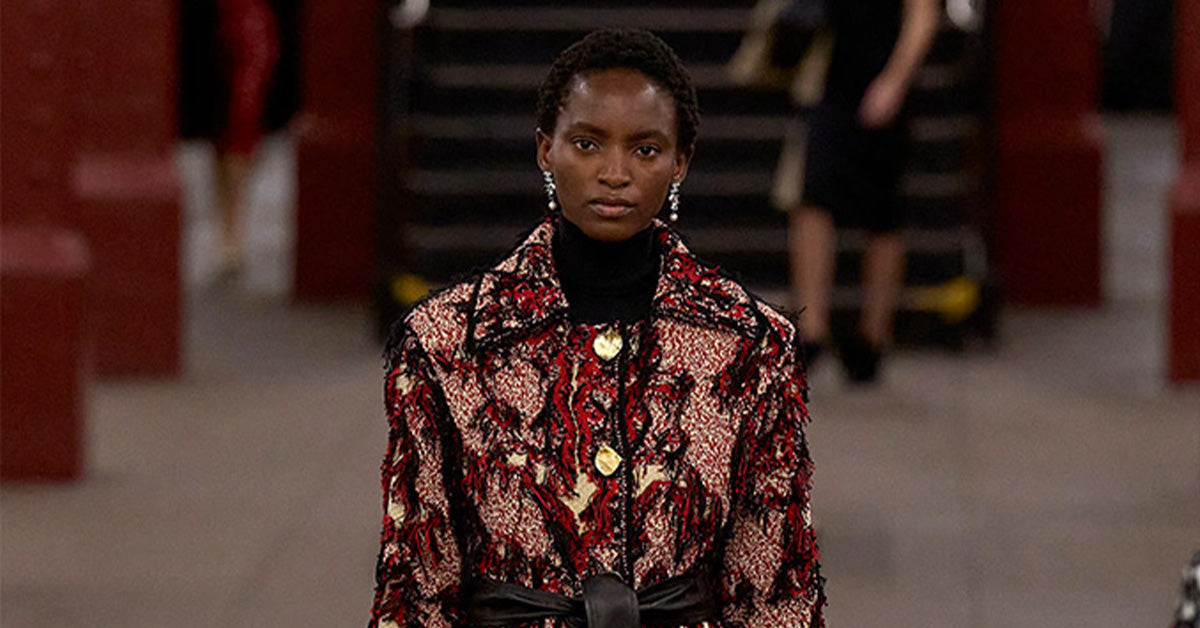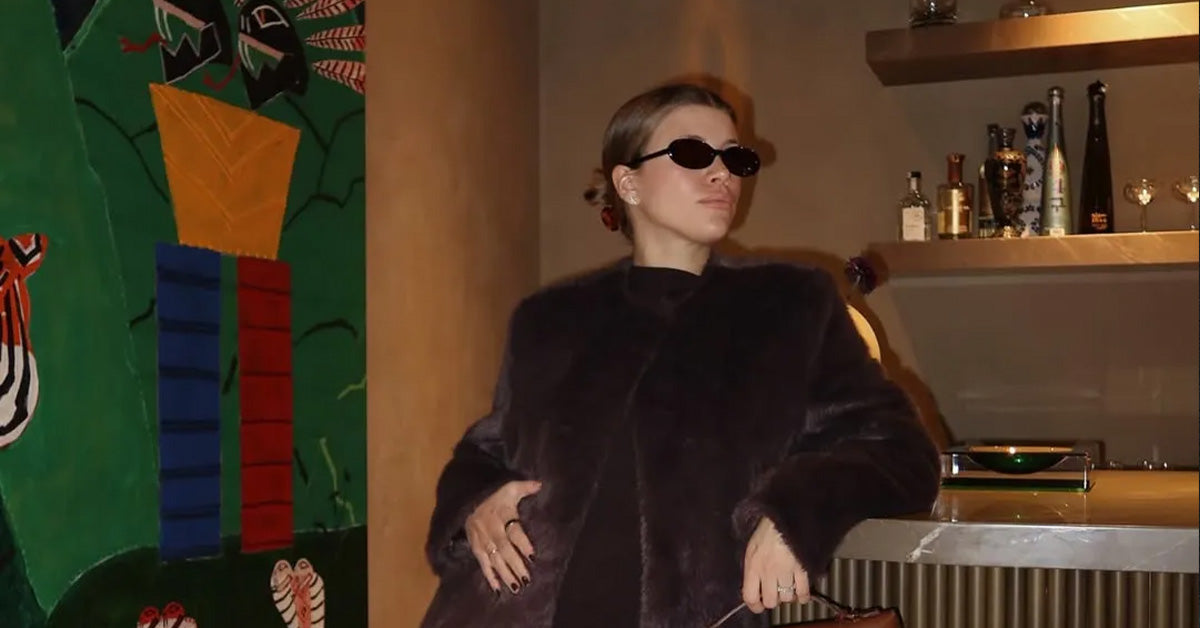Organza is one of the most elegant and luxurious fabrics in the world of fashion, known for its sheer texture, crisp finish, and ethereal appeal. Whether it’s used for bridal gowns, evening wear, or decor, organza exudes a sense of sophistication that’s hard to rival. But what exactly is organza, and why has it become such a celebrated material in the fashion industry? Let’s dive into the details and uncover everything there is to know about this exquisite fabric.
What is Organza?
Organza is a lightweight, plain-weave fabric that is traditionally made from silk. In modern times, it is also produced using synthetic fibers like polyester or nylon, making it more affordable and versatile. Known for its transparent and slightly stiff texture, organza is often used to create voluminous silhouettes, delicate overlays, and structured designs in fashion.
The defining characteristic of organza is its crispness, which is achieved through a special treatment process. The threads are tightly twisted before weaving, giving the fabric its signature texture and firm hand feel. This process also makes organza slightly more delicate and prone to snagging, requiring careful handling.
A Brief History of Organza
The origins of organza can be traced back to the ancient silk trade routes of the East. Named after the Italian word "organzino," which describes a type of silk thread, the fabric is believed to have initially emerged in China. Over time, it gained popularity in Europe, especially during the 18th and 19th centuries, when it became a favored choice for formal wear and decorative textiles.
Today, organza continues to be a staple in the global fashion industry, celebrated for its ability to add a touch of drama and elegance to any design.
Key Characteristics of Organza
What sets organza apart from other fabrics is its unique combination of properties. Here are some key characteristics:
- Sheer and Transparent: Organza allows light to pass through, giving it a delicate and ethereal appearance.
- Crisp Texture: The fabric is firm and holds its shape well, making it ideal for creating structured designs.
- Lightweight: Despite its crispness, organza is incredibly lightweight, ensuring comfort when worn.
- Breathable: Its open weave structure allows for airflow, making it suitable for warm-weather events.
- Delicate: While beautiful, organza can be prone to snags and tears, requiring careful handling and maintenance.
Types of Organza
Organza comes in various types, each suited to specific applications. Here are the most common types:
- Silk Organza: The most luxurious and traditional form, made from 100% silk. It is soft, lightweight, and often used in high-end fashion.
- Polyester Organza: A more affordable alternative, this version is made from synthetic fibers and offers greater durability.
- Crystal Organza: Known for its high sheen, crystal organza has a subtle shimmer, making it a popular choice for evening wear and decor.
- Embroidered Organza: Features intricate embroidery, adding texture and detail to the fabric.
- Wired Organza: Includes thin wires along the edges, allowing designers to create sculptural and dramatic shapes.
How is Organza Used in Fashion?
Organza is a versatile fabric that lends itself to a wide range of applications in fashion. Here are some common uses:
- Bridal Gowns: Its sheer and lightweight nature makes it a favorite for wedding dresses, particularly for creating layers, veils, and trains.
- Evening Wear: Organza is often used in evening gowns to add volume, texture, and elegance.
- Blouses and Tops: Designers use organza for statement blouses, often incorporating puffed sleeves or ruffled details.
- Skirts: Full skirts made from organza create a dramatic and sophisticated silhouette.
- Accessories: Organza is also used for scarves, wraps, and decorative trims.
Caring for Organza
Given its delicate nature, organza requires special care to maintain its beauty and longevity. Here are some tips:
- Hand Wash or Dry Clean: Silk organza should always be dry cleaned, while synthetic versions can be hand washed with mild detergent.
- Avoid High Heat: Iron organza on a low heat setting with a pressing cloth to prevent damage.
- Store Properly: Keep organza garments in a cool, dry place, preferably hung to avoid creases.
FAQs
Here are some frequently asked questions about organza:
-
Q: Is organza suitable for everyday wear?
A: Organza is generally used for formal or special occasion garments due to its delicate nature and dramatic appearance. -
Q: Can organza be dyed?
A: Yes, organza can be dyed. Silk organza holds dye beautifully, while synthetic organza requires special dyes. -
Q: What is the difference between organza and chiffon?
A: While both are sheer fabrics, organza is crisper and holds its shape better, whereas chiffon is softer and more fluid. -
Q: Is organza sustainable?
A: Silk organza is more sustainable as it is made from natural fibers, while synthetic versions are less eco-friendly. -
Q: Can organza be layered?
A: Absolutely! Organza is often layered to create volume and depth in garments.










